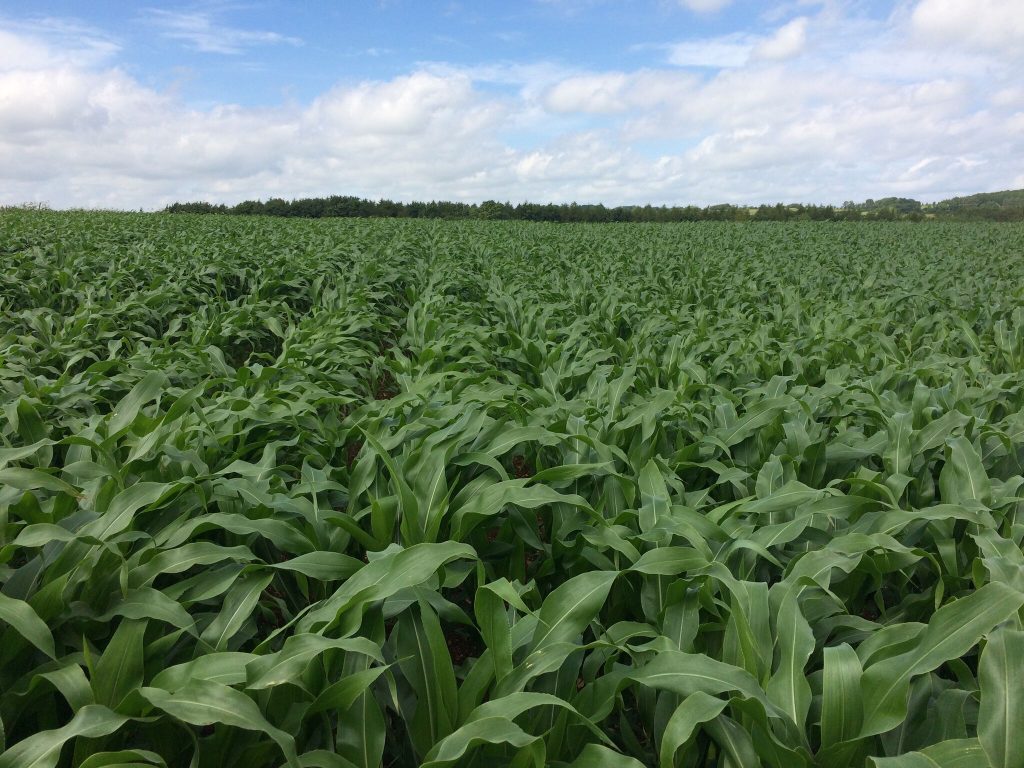Top tips ahead of maize planting
3rd April 2018
With maize planting only a few weeks away, growers must plan ahead to ensure a successful crop this season.

With modern, early maturing, high yielding varieties such as Reason from Limagrain, there shouldn’t be a need to reduce the seed rate below 110,000 seeds/ha (45,000 seeds/acre).
With maize planting only a few weeks away, Dr Simon Pope, Wynnstay crop protection manager, says growers must plan ahead to ensure a successful crop this season.
Providing his top tips, he says ensuring maize seed is ordered well in advance of planting is important.
“This is particularly the case this year with the uncertain future of the seed treatment Mesurol raising a question mark over the availability of treated seed as we near drilling,” he says.
He adds soil conditions should also be a key focus area.
“If the fields haven’t had a soil analysis in the last four years, then now is the time to take some samples and establish the nutritional status,” he explains.
“Soil pH should be as close as possible to 6.5, and if below this level an application of fast-acting Calcifert should be considered to correct the pH and avoid impacting this season’s crop.”
He notes growers should keep a record of how much slurry or muck has been applied, to inform decisions on what additional inputs may be required.
“Knowing the N, P and K provided by applications of FYM or slurry will allow accurate levels of fertiliser to be applied to meet crop requirements, and avoid under or over supply. The Wynnstay team of agronomists can help prepare a nutrient management plan for the season ahead, as well as advise on pre-emergence herbicide programmes.”
Dr Pope adds a target drilling date should be established, with the aim of sowing as early as conditions allow.
“The base temperature for maize is 10oC so I advise aiming to drill around 20 April, provided that soil and weather conditions permit.”
Finally, he advises planning the seed rate ahead of planting, taking into account the individual variety that is being drilled.
“Reducing the seed rate can improve crop maturity and boost starch yield, but can also impact overall dry matter yields. With modern, early maturing, high yielding varieties such as Reason from Limagrain, there shouldn’t be a need to reduce the seed rate below 110,000 seeds/ha (45,000 seeds/acre).
“Maize is a costly crop to grow, both financially and from a management perspective, but it has an extremely high value. Planning ahead and paying attention to detail at this early stage in the season, will pay dividends come harvest,” Dr Pope concludes.
